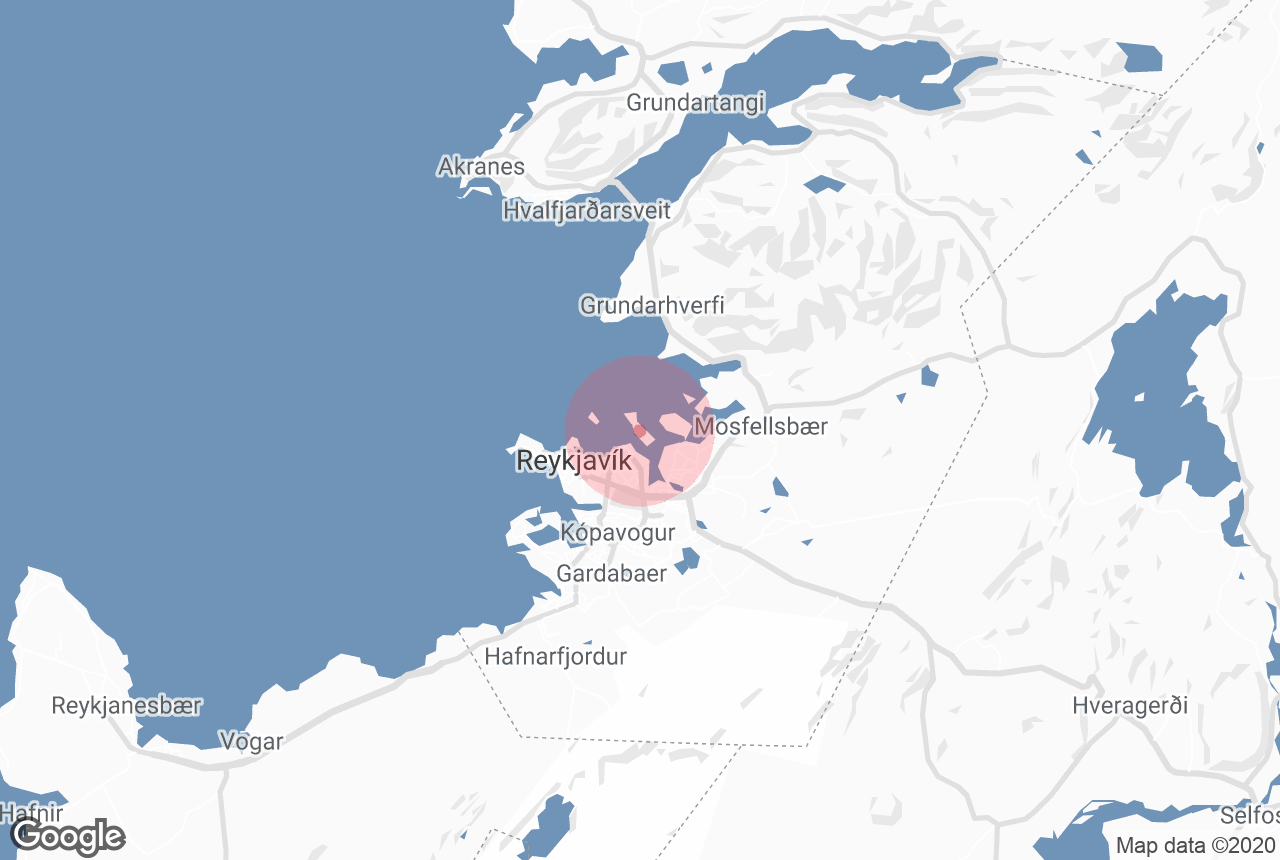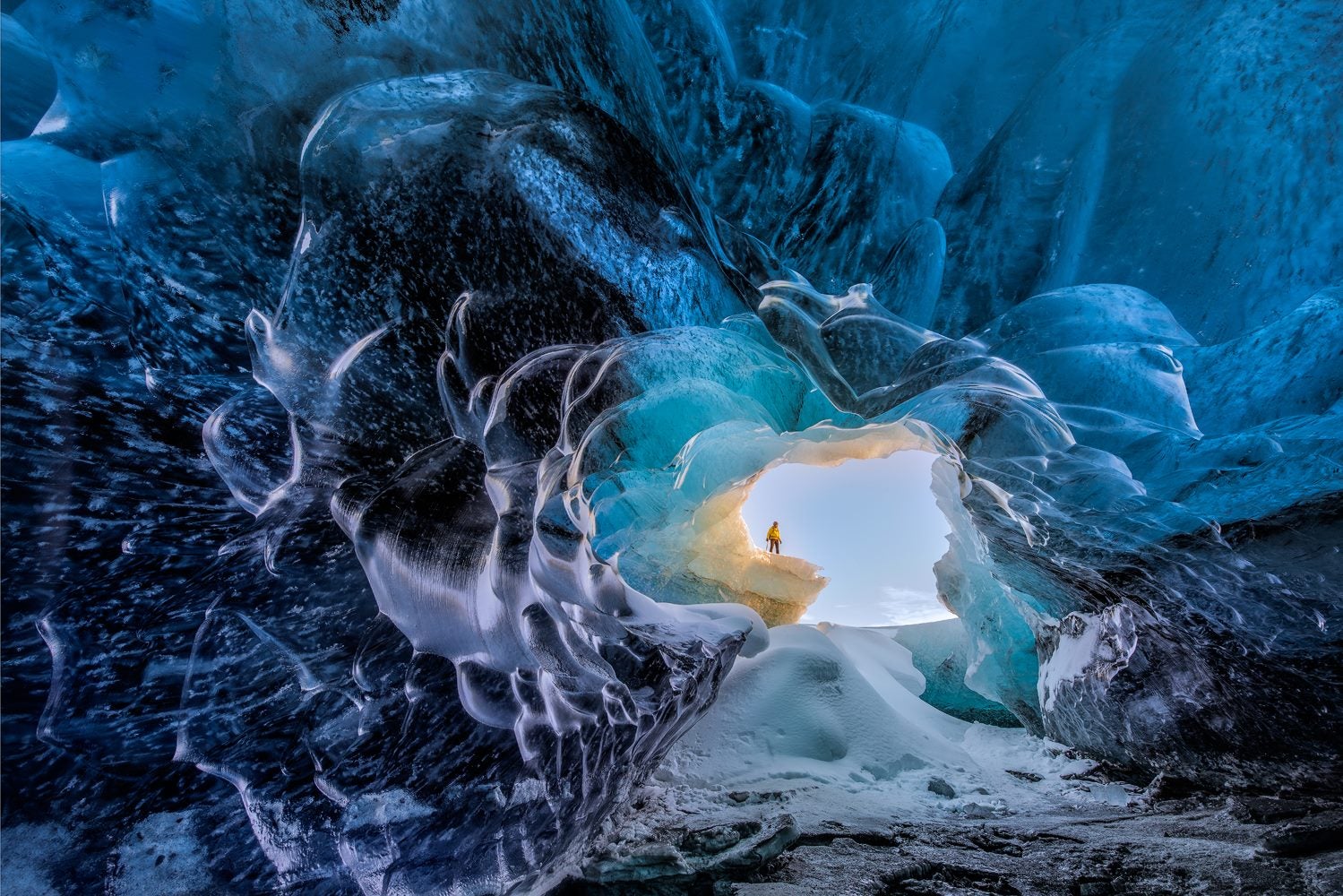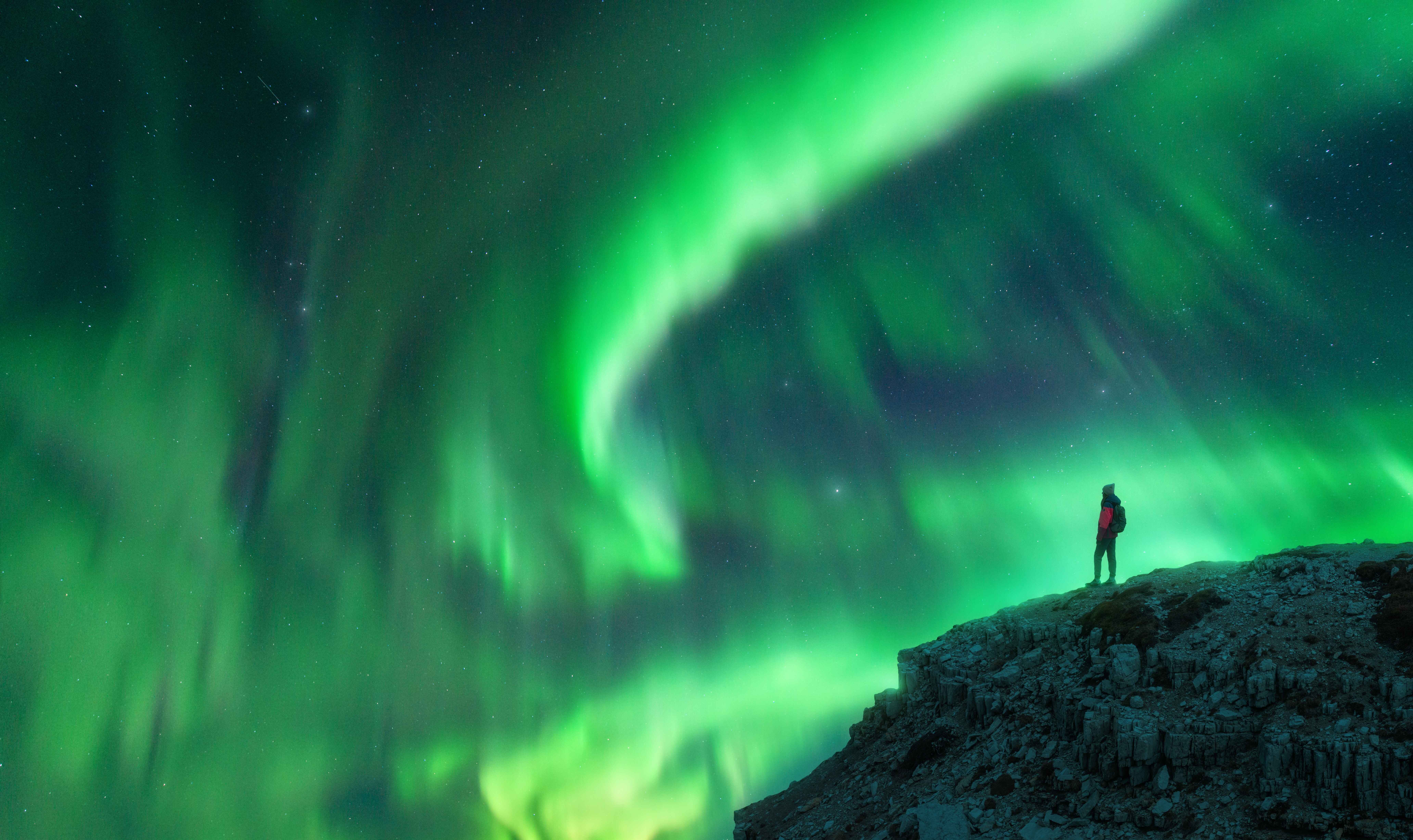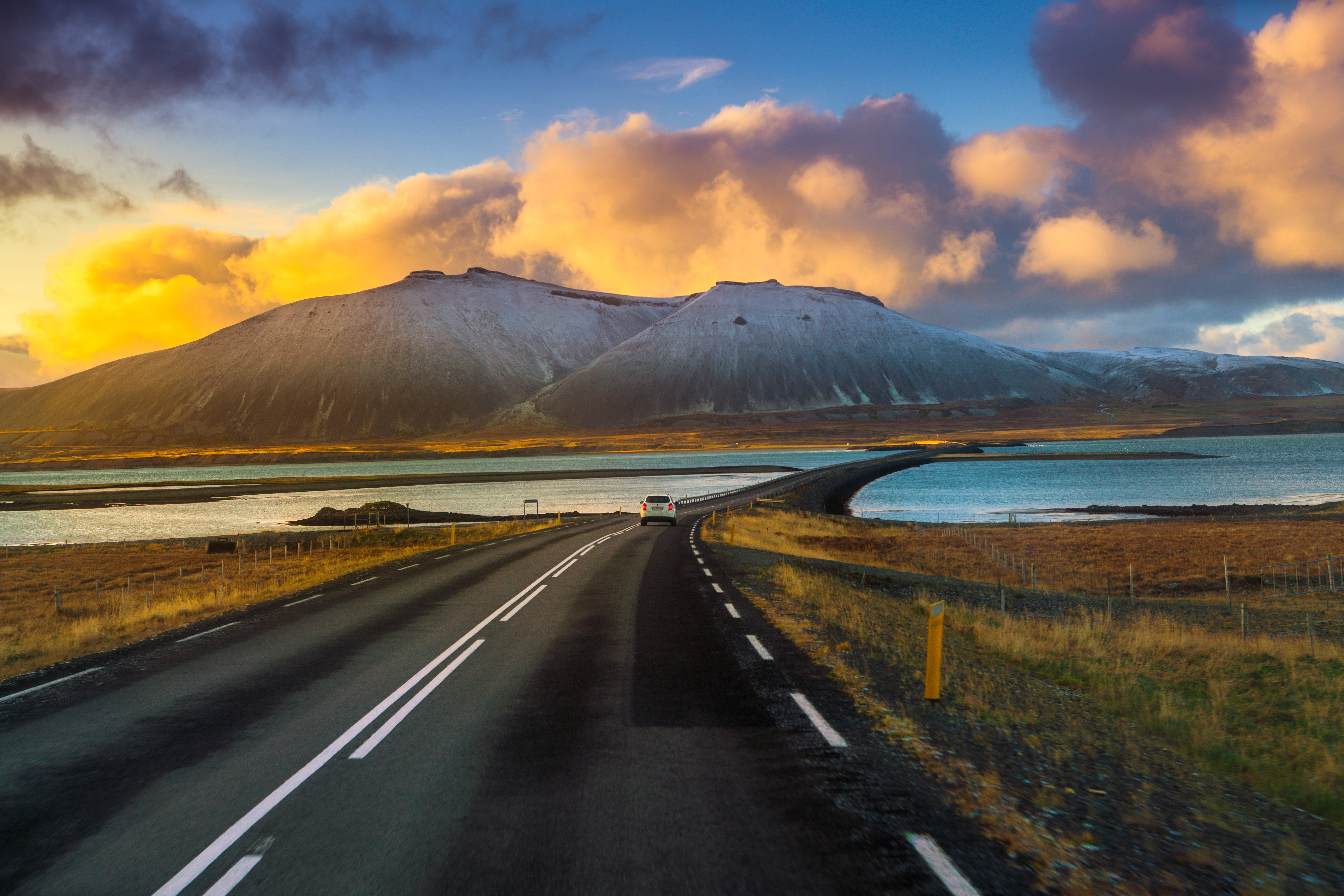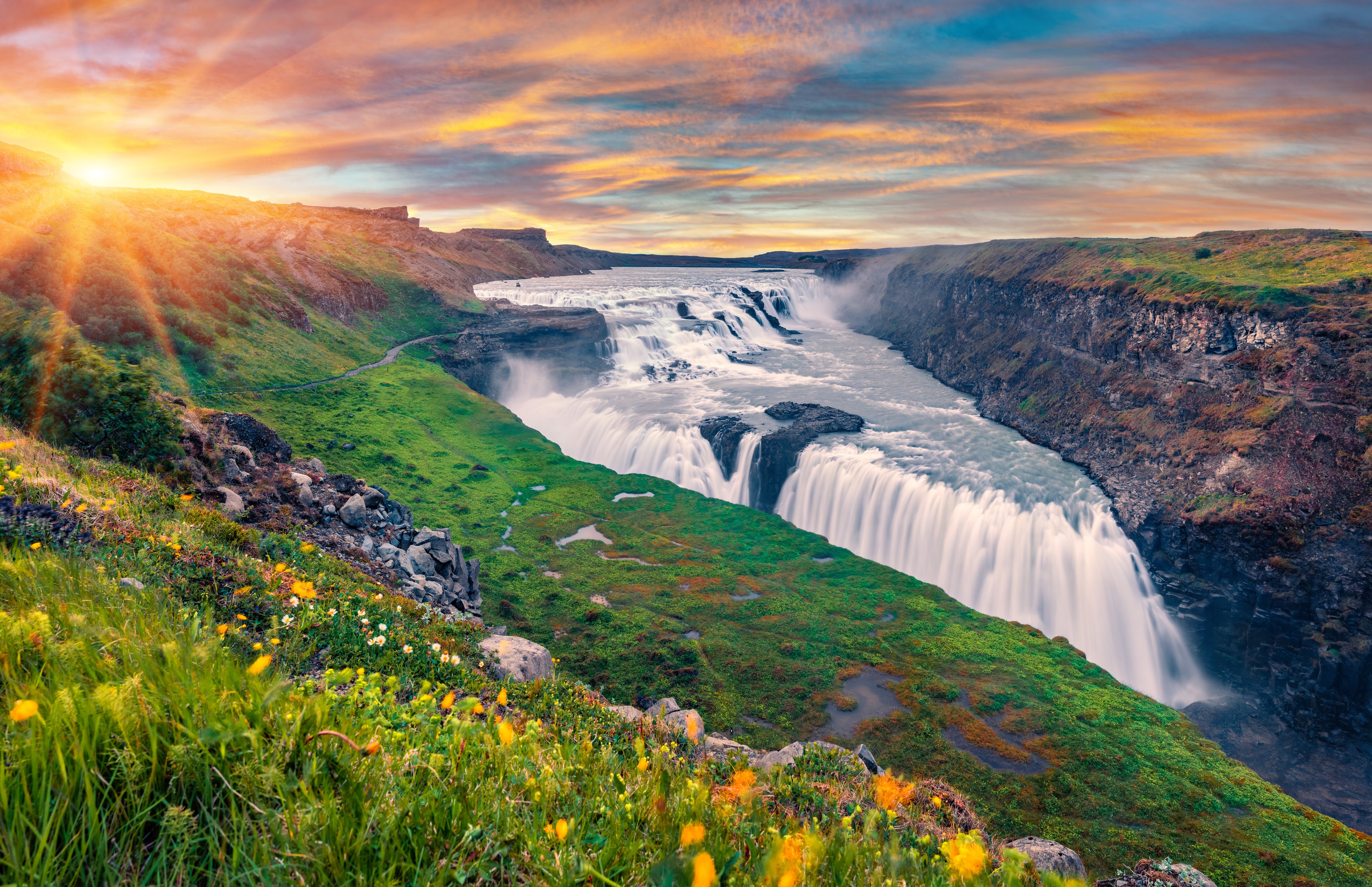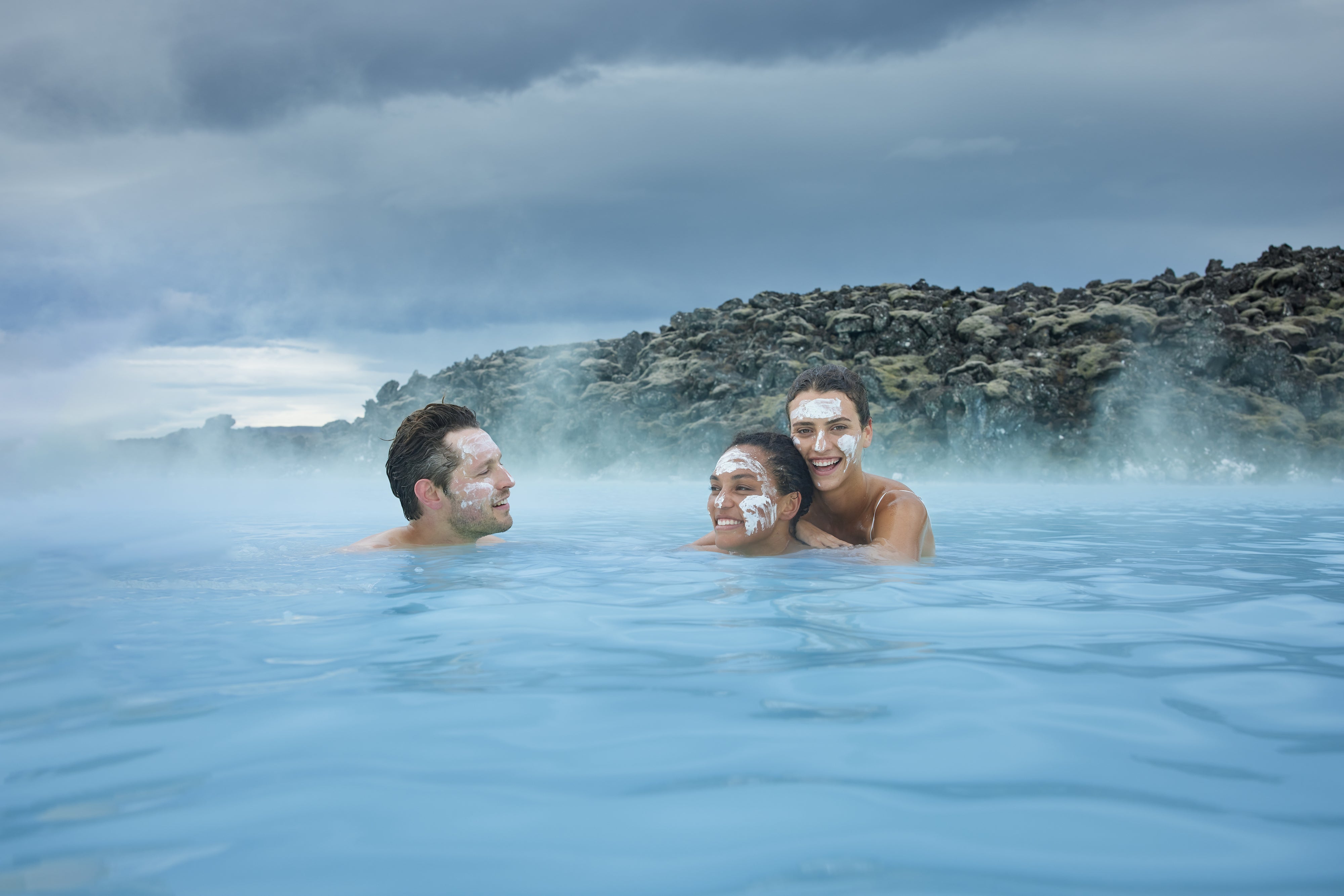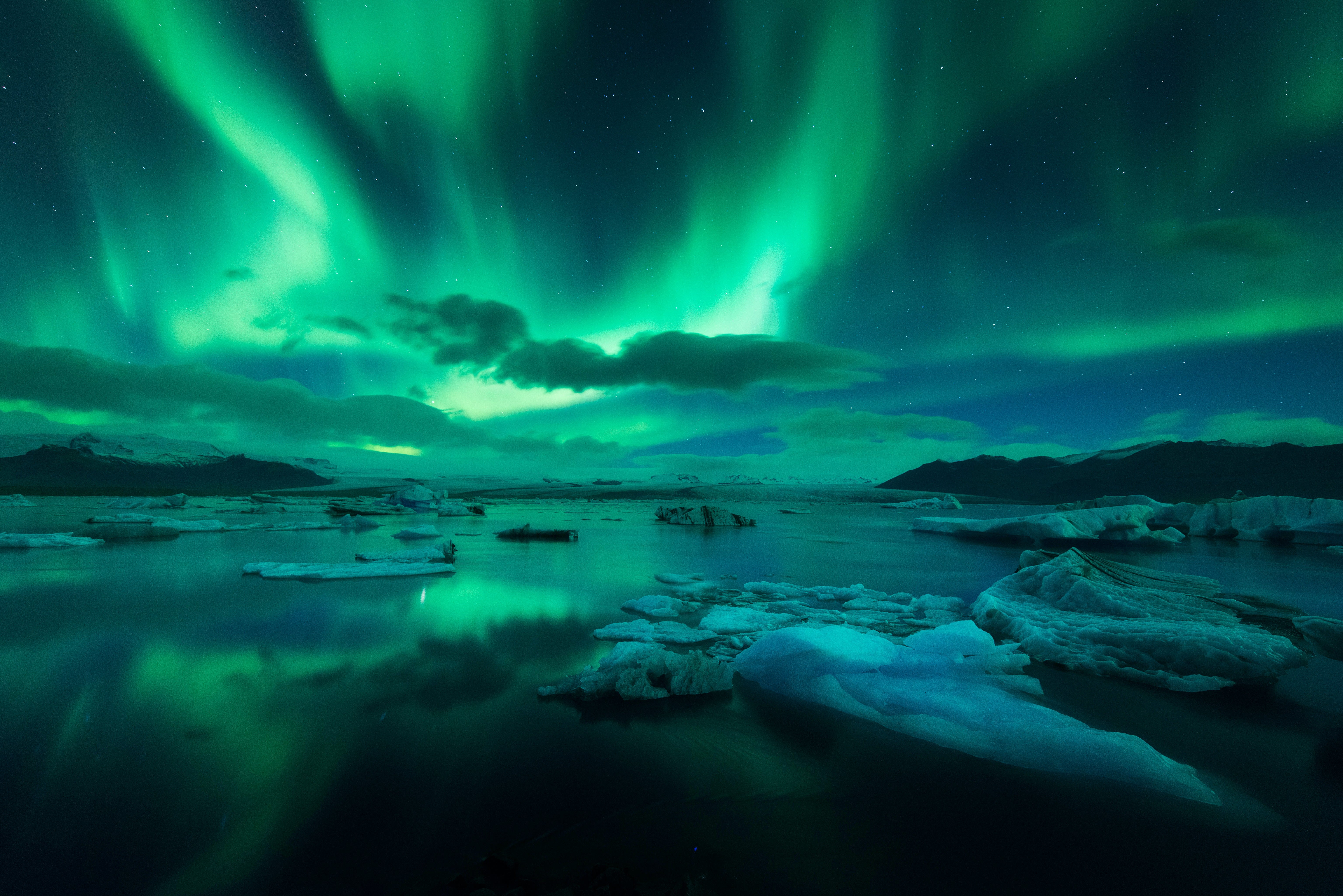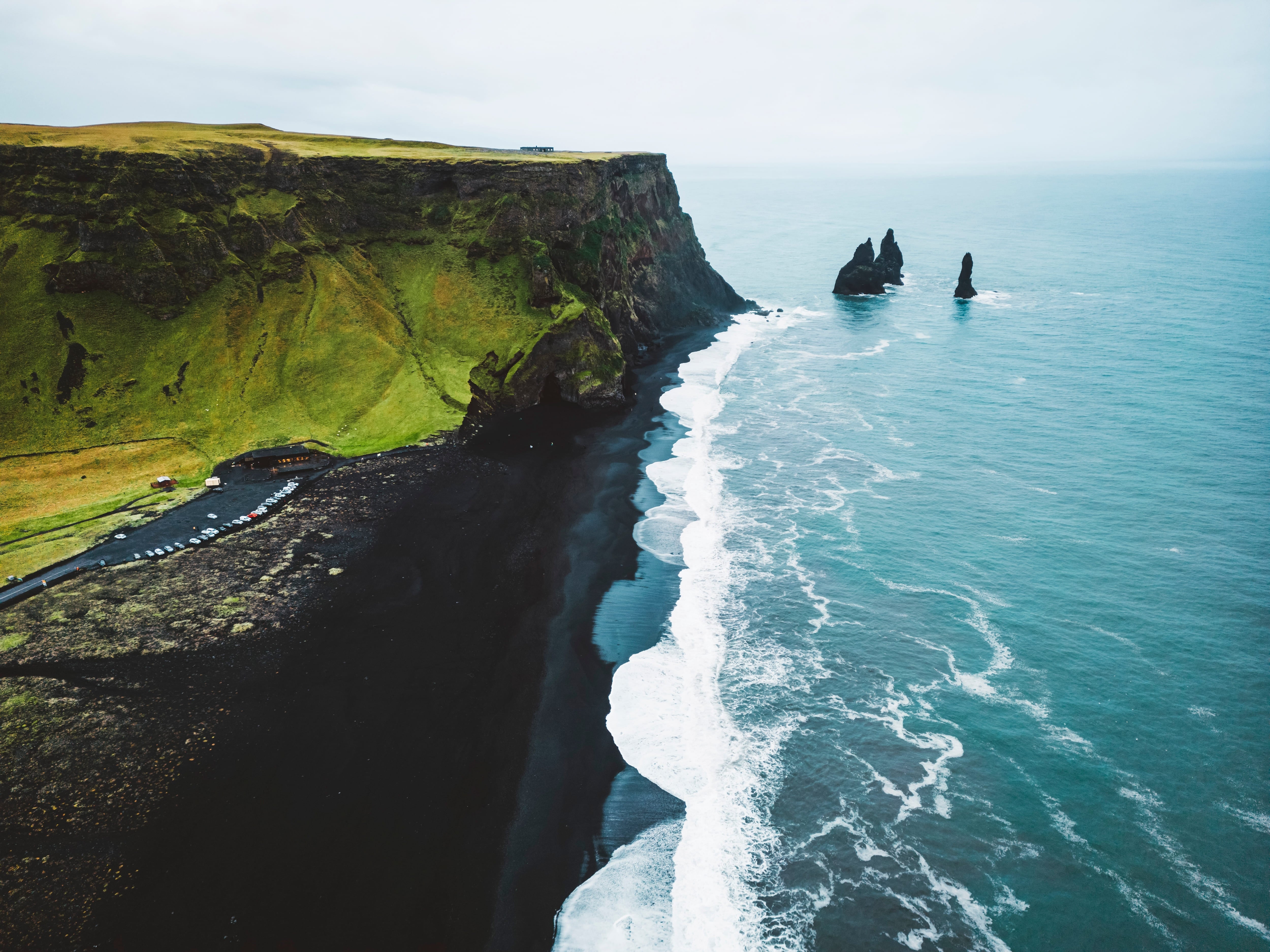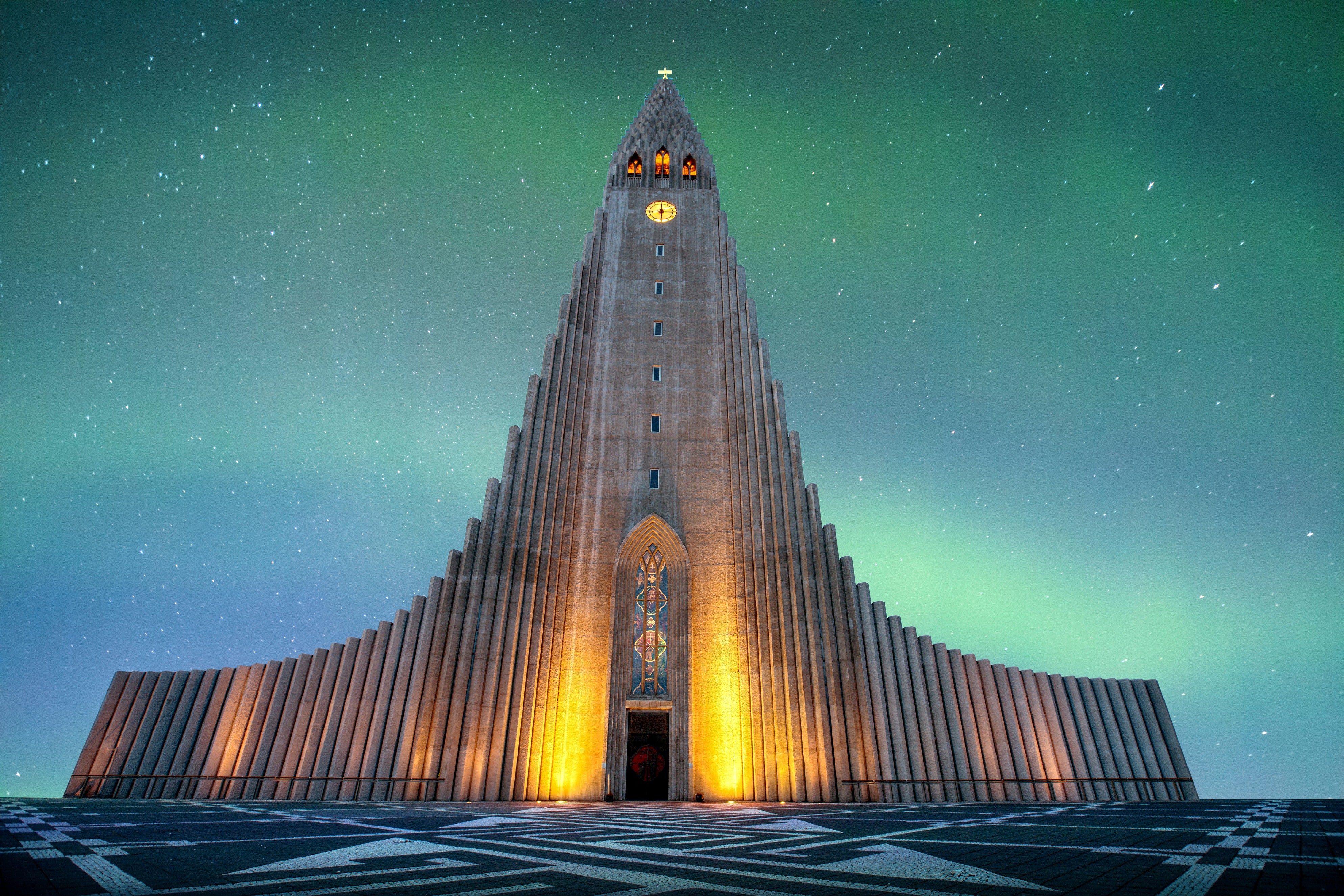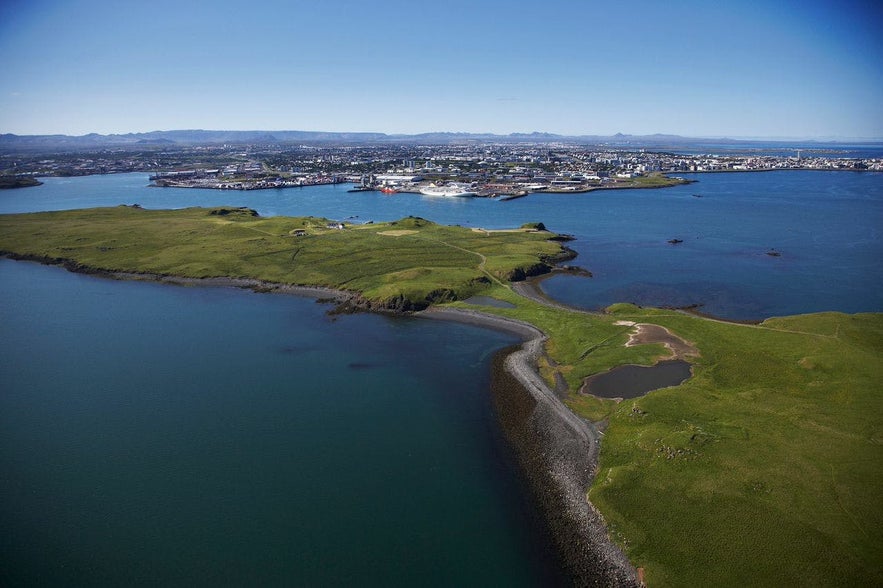
Viðey is an island just off the coast of Reykjavík, Iceland’s capital city. It is a popular destination due to its natural beauty, the artworks that have been erected here, and its accessibility and affordability.
Photo from Ferry to Videy Island with Transfer from Skarfabakki Pier
当サイトの情報が信頼できる理由
Guide to Iceland (ガイド・トゥ・アイスランド)は、アイスランドで最も信頼されている旅行プラットフォームです。毎年、何百万人もの旅行者にご利用いただいています。 すべてのコンテンツは、アイスランドに精通した現地の専門家が執筆・監修しており、 常に正確で最新の情報を提供しています。 信頼できる旅のアドバイスをお探しなら、ぜひ当サイトをご活用ください。
The only way to access Videy is via ferry. The island was once inhabited, even having a monastery, but has long since been deserted. Very few buildings remain here.
Getting to Viðey Island
Boats to Viðey Island throughout the year, leaving from Skarfabakki pier at Sundahöfn harbour. This is just about five kilometres (three miles) from the centre of Reyjavík. The journey takes approximately twenty minutes.
Tickets to Viðey can be bought in isolation, but are included for free on a Reykjavík City Card. These cards provide you with either free access or heavily discounted access to a wealth of the capital’s cultural sites, museums, pools and galleries.
Artwork and Culture at Viðey Island
Viðey is best known internationally as the location for the Imagine Peace Tower. Envisioned and designed by Yoko Ono, it was intended as a tribute both to her late husband John Lennon, from the Beatles, and to their shared vision of a world free of war and united in love.
The tower is only lit at certain times of the year, such as over Lennon’s birthday and other significant events. Yoko Ono regularly comes to Iceland, and often attends the lighting of the tower.
One of the few buildings on the island was the home of ‘the father of Reykjavík, Skuli Magnusson. This house, Videyjarstofa, now displays paintings of renowned Icelandic artists.
The island’s last great artwork was constructed by one of the world's most renowned sculptors, Richard Sierra. It can be found on the west side of the island, and is called Milestones.
Videy also has a graveyard, the final resting place of many known Icelanders. Gunnar Gunnarson, for example, is buried here, a renowned author who wrote novels such as Fjallkirkjan ('The Church on the Mountain'), Svartfugl (The Black Cliffs) and Adventa (The Good Shepherd).
